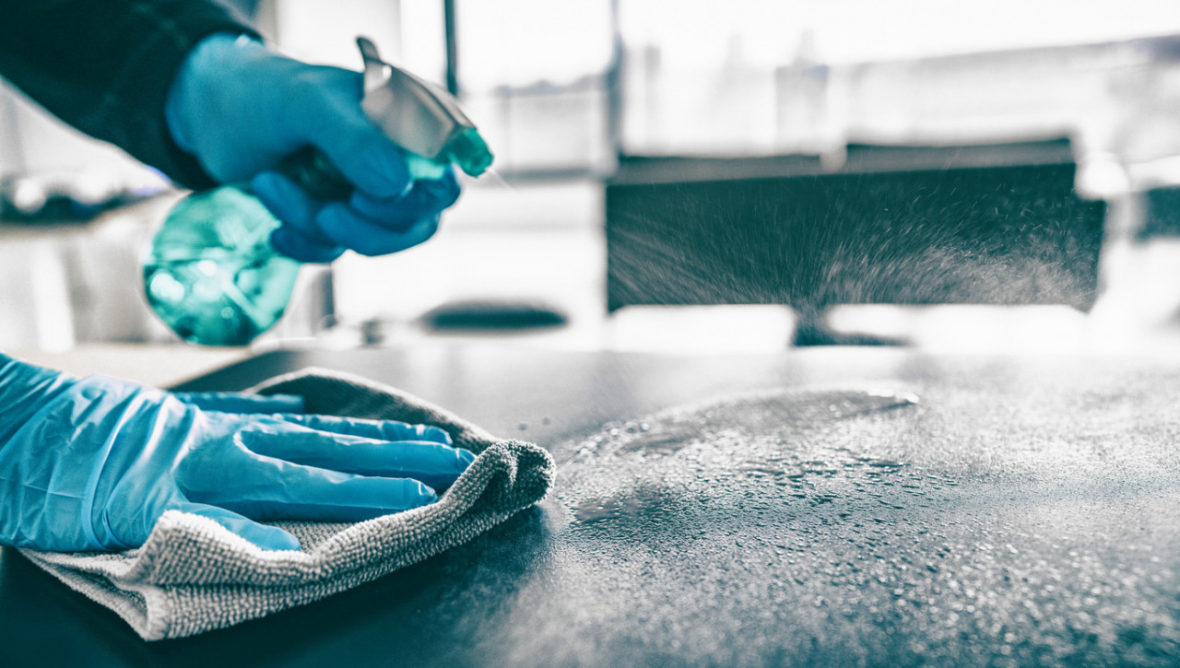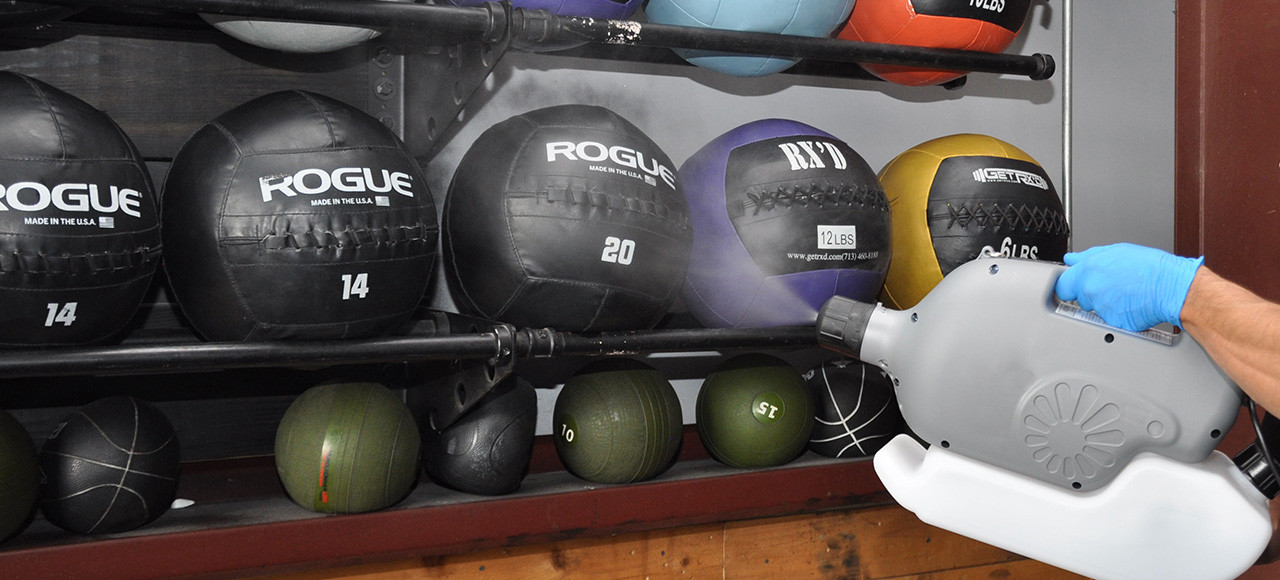It’s everywhere you turn…in the news, on TV, magazines, the internet…reminders of just how vulnerable we are to bacteria and viruses, and when those stories involve frightening tales of E.Coli outbreaks, drug resistant germs, bed bugs, flu outbreaks, and now, we are in the midst of a global pandemic. It is human nature to want to protect ourselves from risk of infection, but how do we know what products will protect us from whatever germs are lurking on the surfaces and in the air of our homes and in public spaces?
As we stand in grocery store aisles reading labels of products claiming to be the answer, how do we know that our efforts will not be in vain? Do these products work against the flu, my child’s stomach bug, or MRSA? Do we need an antibacterial cleanser or something with bleach? Maybe we need an alcohol based cleaner. When should I use antimicrobial products?
You may have looked for answers to these questions on the internet and may be even more confused than before. Let’s try to break down the mystery and clear up the confusion.
What are disinfectants and what do they do?
Disinfectants are products made from chemicals that are applied to surfaces to kill or inactivate microbes. Certain disinfectants may be more effective than others against specific bacteria, fungi, and/or viruses based upon what chemical ingredients are included in the disinfectant.
When choosing a disinfectant, there are a few things to consider, such as what type of microorganism is present, the surface to be disinfected, and the ease of use. Understanding the chemical agent present in the disinfectant will be helpful in choosing the right disinfectant for the application. Let’s take, for example, the EPA’s most common list of disinfectants registered to protect surfaces against Covid-19 are ones that contain alcohol, bleach, hydrogen peroxide, and quaternary ammonium compounds, but it can still be difficult to determine which ingredient is best for a given application.
Isopropanol or Ethanol (Alcohol): At a high enough concentration, disinfectants containing alcohol are effective. Most household cleaners that contain alcohol have a 70% solution, but since alcohol will evaporate, these disinfectants become less effective over time.
Quaternary Ammonium Compounds: Research shows that disinfectants with quaternary ammonium compounds are effective at killing bacteria, viruses, and fungi on surfaces. These disinfectants are commonly found on surface protectants including in sprays and wipes.
Sodium Hypochlorite (Bleach): Bleach is considered to be effective at killing viruses, bacteria, and fungi on surfaces, but it is also considered to be an irritant when in contact with the skin, so it is advised that gloves are worn when handling products containing bleach and that there be adequate ventilation because breathing the fumes can be harmful.
Hydrogen Peroxide: Compared to bleach, hydrogen peroxide is not as strong of an agent but is still an effective disinfectant against viruses and bacteria. Some research indicates that it may be slightly more effective than products containing quaternary ammonium compounds at killing some forms of bacteria.
While most disinfectants kill the targeted germs when they are applied to surfaces, they are a one-and-done phenomenon. There remains the threat that new exposure to microbes can be introduced into the environment when surfaces are touched or when people come into contact with equipment or high-touch surfaces, such as light switches, doorknobs, counters, etc.
It is important to note that disinfectants may contain powerful germ-killing agents, they are ineffective if used on dirty surfaces and are not to be considered useful as a method of cleaning. Its main function is to kill and destroy germs but may not clean up residues left behind on surfaces; therefore, it is a good idea to clean the surface to remove dirt and grime before using a disinfectant.



